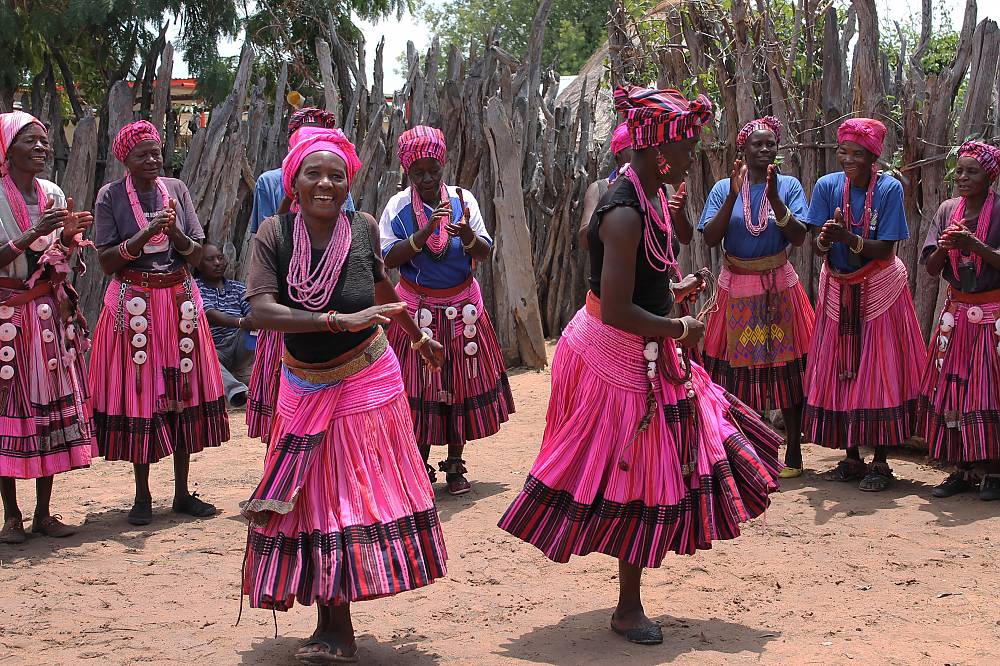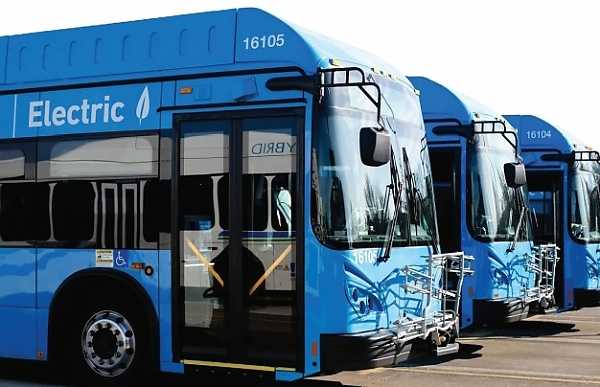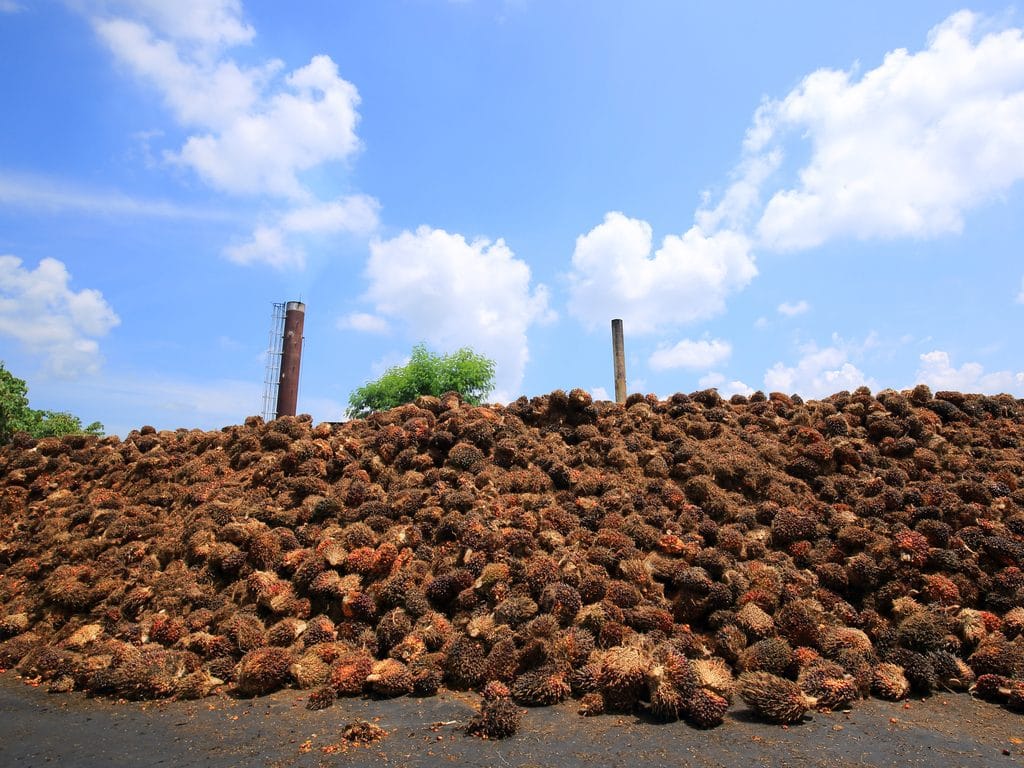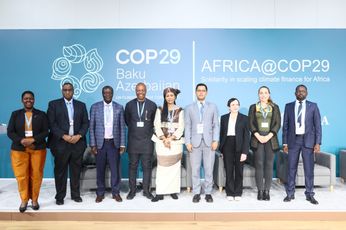
Namibia to launch Africa's largest green hydrogen project
The Namibian government is set to develop the largest green hydrogen project in Africa, expected to cost $9.4 billion and produce 300,000 tons of green hydrogen per year.
Namibia is poised to become a global player in the green hydrogen market with the development of the largest green hydrogen project on the continent. The country is ahead of other hydrogen hotspots due to its cheap production costs of between $1.5 and $2 per kilogram, according to Dr Stefan Kaufmann, Innovation Commissioner for Green Hydrogen at the German Federal Ministry of Education and Research. Due to the low cost, the South African country would be an attractive partner for the international community as it transitions to green energy.
The Namibian government selected Hyphen Hydrogen Energy, a project development company, as the preferred bidder to develop the country's first large-scale green hydrogen project, to be located in Southern Namibia's Tsau/Khaeb National Park.

According to Hyphen Hydrogen Energy's CEO, "The project will be phased, with the first phase beginning production in 2026 with the development of 2GW of renewable energy capacity to generate green hydrogen for conversion to green ammonia at the cost of approximately $4.4 billion. Additional phases are scheduled for the late 2020s to raise capacity to 5GW and electrolyser capacity to 3GW, bringing the total investment to $9.4 billion".
"Hyphen Hydrogen Energy would grant the Namibian government a call option to acquire up to a 10% - 24% interest in the project, which the government aims to finance through the issuance of its first green bond," said Namibia's hydrogen commissioner, James Mnyupe.
Why is it important?
Green hydrogen is considered an attractive electricity source due to its relative ease of storage, and it would aid in the global transition of businesses and countries toward carbon neutrality. Green hydrogen is generated from renewable energy sources (wind and sun), compressed or liquefied, and can be used as a fuel for fuel cell electric vehicles (FCEVs).
The initiative will generate around 300,000 tonnes of green hydrogen per year in the African nation, which will be used domestically and exported, establishing the country as a global leader in green hydrogen. Namibians are expected to benefit from the 32,000 employment opportunities created by the project.
What next?
According to Namibian President Dr Hage Geingob, the country will receive approximately $6.3 million in concessionary fees from Hyphen Hydrogen. The fee could be used to accelerate the country's green energy development and promote economic growth.
With the implementation of this project, Namibia would be able to transition from a net importer of electricity (it presently imports over 70% of its electricity) to a net exporter of clean electricity.
Highlight of Namibia
GDP: $10.7 billion in 2020
Population: 2.59 million in 2020
Access to electricity (% of population): 55% in 2019
Import of primary energy supply: 79% in 2018
Renewable energy (% of TFEC): 30.3%
FullyGreen Newsletter
Join the newsletter to receive the latest updates in your inbox.









